Farm Notebook - A Notebook Companion™ to Farm Anatomy
Go on a trip to the farm to learn about edible flowers, barn birds, planting an orchard and your way around the toolshed. The country is brought to life through Julia Rothman’s charming and beloved Farm Anatomy. Take the scenic route and help your child absorb more when you pair Farm Anatomy with our Farm Notebook.
Many homeschooling families incorporate the study of farm life into their lessons. We have enjoyed using Farm Anatomy in our studies and have referred to it often for reference, as the beautiful hand-drawn sketches bring the world of the farm to life, even if you live in the city.
The Farm Notebook is intended to be used alongside Farm Anatomy. Your student will learn all about soil, farm animals, plants, country crafts and more through written narration, drawing, and labeling.
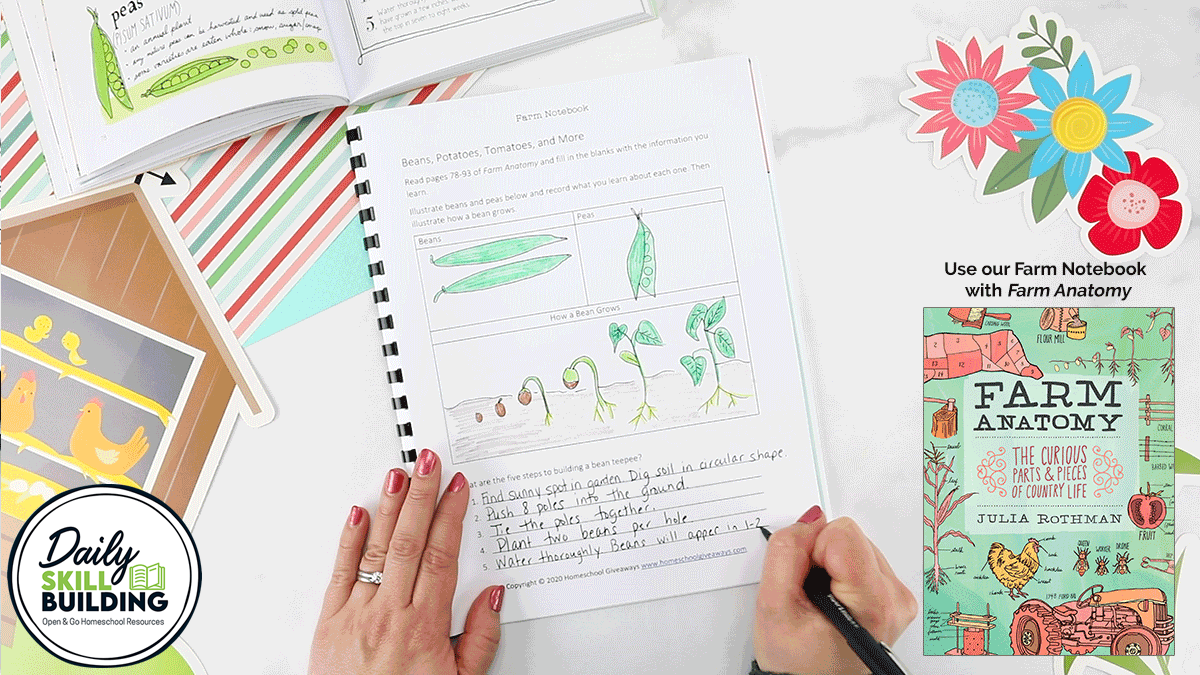
Whether you live in the hustle and bustle of the city or the rural charm of the country, Farm Anatomy will entertain and educate through beautiful illustrations and topics such as how barns are built. With the publisher’s permission, we have created Farm Notebook to accompany the popular and beloved Farm Anatomy.
This Notebook Companion™ follows seamlessly with the topics in the book and include places for written narration of information read, sketches of objects found on the farm, labeling and diagramming, and more.
Farm topics covered in Farm Anatomy:
- Chapter one: layers of the soil, topsoil, texture triangle, mineral nutrients, crop rotation, contour farming and terracing, windbreaks, predicting weather, composting, acres
- Chapter two: bar styles, timber construction, trusses, barn doors, bracing and hardware, barn cupolas, barn birds, farm buildings, animal housing, feeders, and fencing
- Chapter three: tractors and tractor implements, how to plow a field, combines, other farm machines, felling, buckling, splitting and stacking, tools
- Chapter four: frost dates, vegetable anatomy, squash varieties, bean teepees, dry beans, peppers, potatoes, how to grow tomatoes, canning, herbs, growing grains, orchards, apple varieties, good bugs and bad bugs
- Chapter five: animal terminology, parts of a rooster, comb styles, chicken breeds, eggs, ducks and geese, turkeys, parts of a beef animal, cattle, milking a cow, goats, hoofs, knots, horses and horse markings , mules, pigs, livestock water consumption, sheep, rabbits, bees and beehives
- Chapter six: country kitchens, wine making, edible flowers, breadmaking, dairy terms, making cheese, butchering knives, cutting meat, smokehouses, dry curing, freezing meat, pressure canning, root cellaring, and making maple syrup
- Chapter seven: carding and spinning yarn, natural dyes, making a flower press, making cornhusk dolls, rag rug making, candle making, and quilt patterns
As you can see, the topics covered in Farm Anatomy will teach your children all about farming and life on the farm. When you pair it with our Farm Notebook, you can truly make Farm Anatomy a great asset to your homeschool science lessons.
We have included links throughout the Farm Notebook for extra free printables and resources to expand your study on individual topics. Grab your copy today and visit the farm!
Farm Anatomy is a secular book and our Notebook Companion can be used with any worldview. Although this notebook is very flexible and can be adapted for younger and older children, it is best suited to grades 3-8.

Learn more about Farm Anatomy and the other books in the series by visiting the publisher’s website.
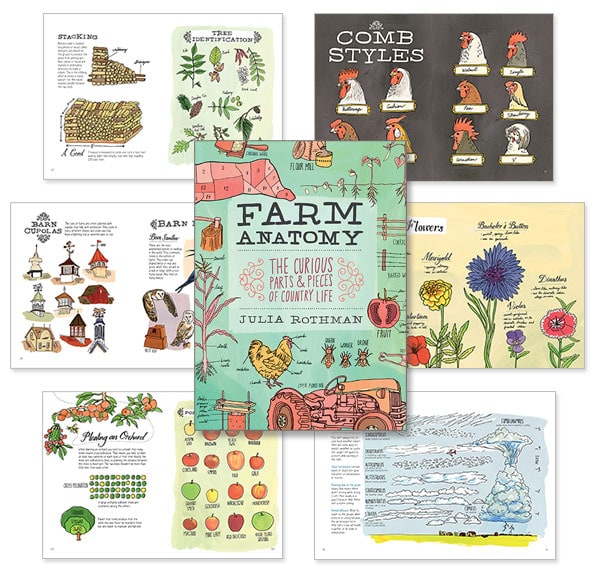
-
Notebook Companions™ for the Nature Anatomy Series (Digital) + BONUS
From: Original price was: $46.75.$39.00Current price is: $39.00. Buy Now*Digital Product
-
Printed Notebook Companions™ for the Nature Anatomy Series + Digital BONUS
From: Original price was: $122.75.$89.96Current price is: $89.96. Buy Now
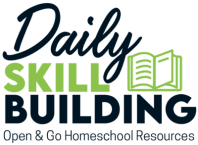
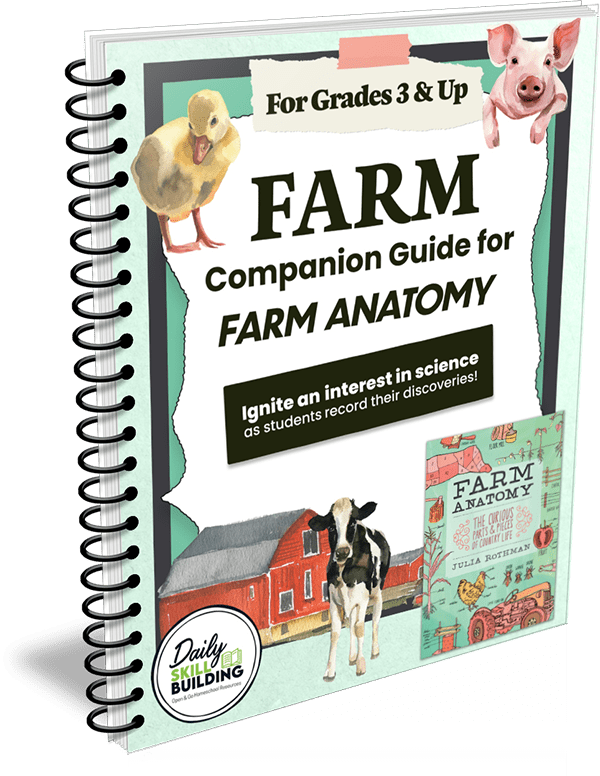



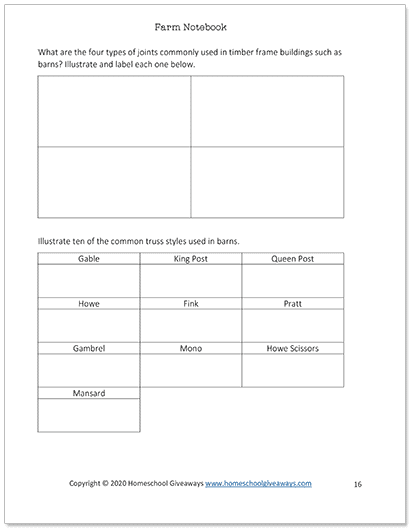

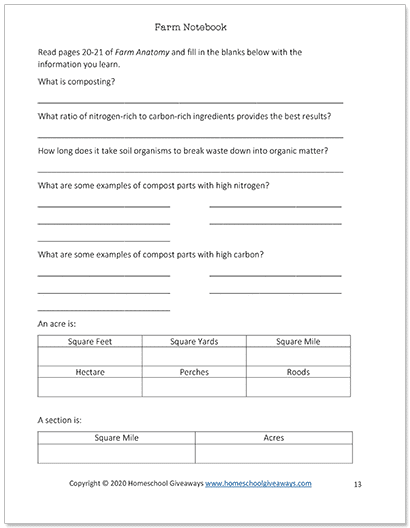


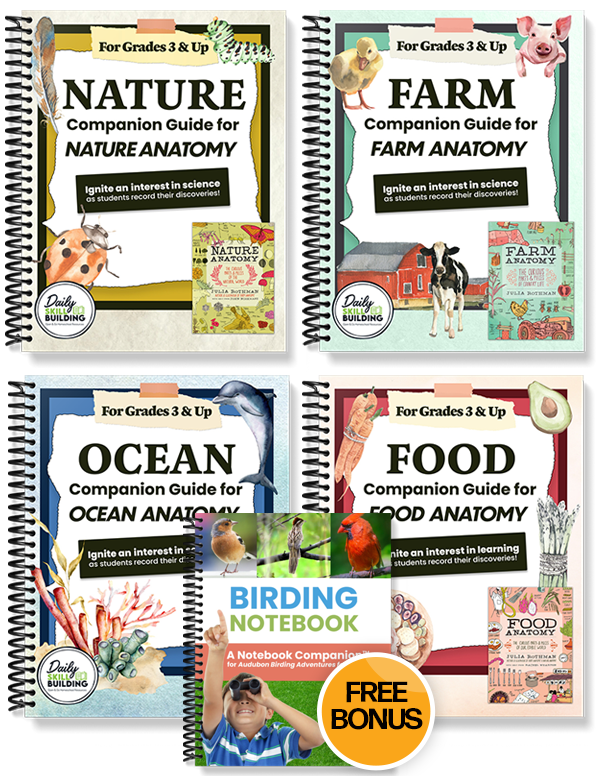
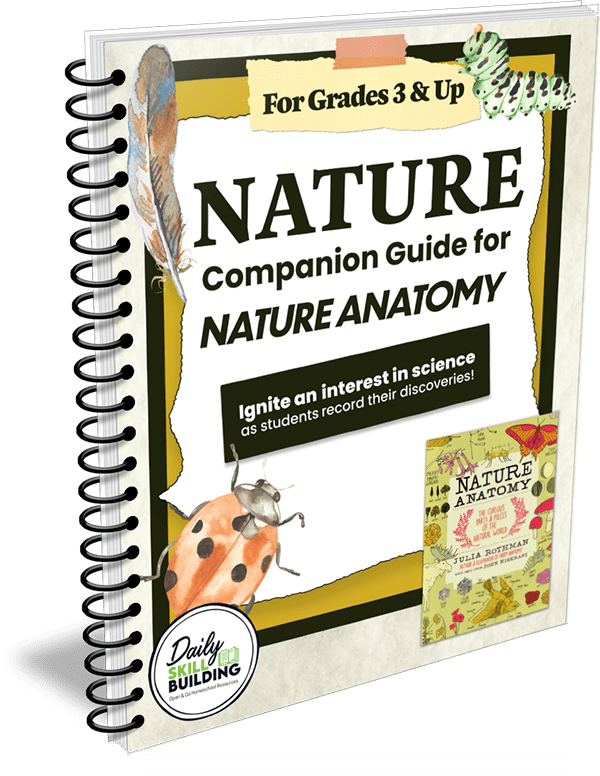
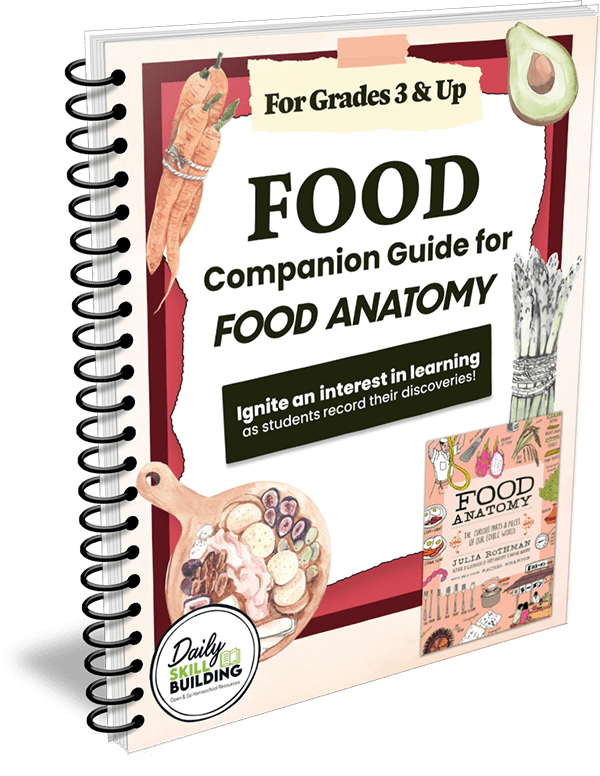

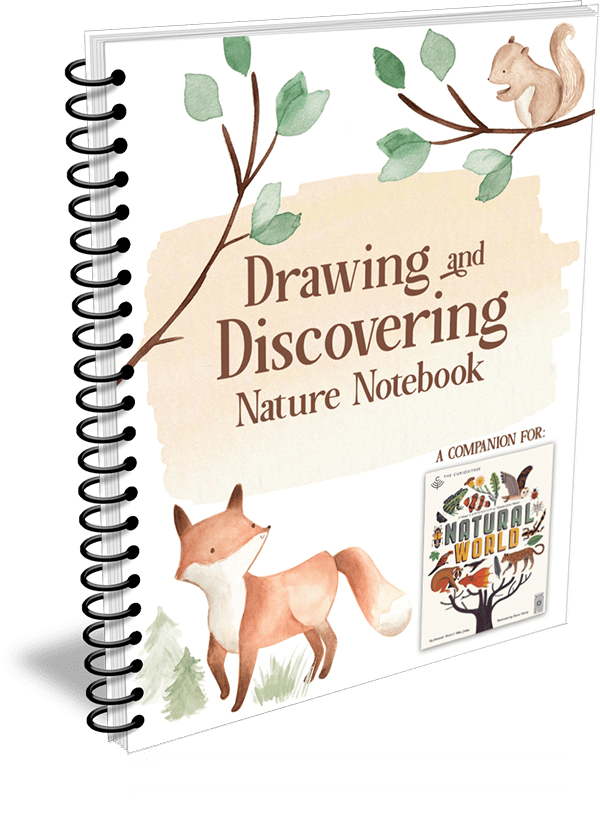

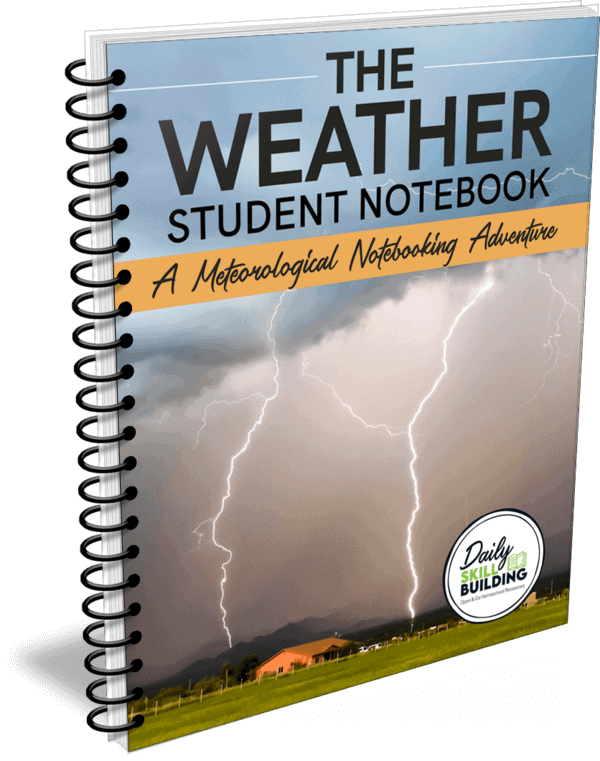
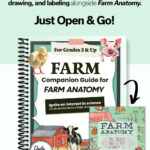
ANGELA SNYDER –
I’m so glad I found this companion for Farm Anatomy. I’ve been learning a lot right along with my 10-year-old. Just purchased the Ocean Anatomy companion for when we finish with farm. Highly recommend!
Kathleen Bailey –
This is my second companion guide I’ve bought and I love them all. It’s a perfect way to implement the Julia Rothman books into your homeschool by guiding your children to draw or write things down as they learn them from the book. This is helpful to get them to retain what they read or what was read to them. This one is for my grade and middle schooler but I’ve used one with a high schooler too.
MaryAmber Hughes –
This product is a great addition to our Farm Anatomy. Out eldest was job shadowing a farming relative and he likes to draw. This notebook was a great tool for him to use as he worked thru the Farm Anatomy book. This is just what I was looking for for him. He was able to go at his own rate and the information was good conversation for him. Thank you
Jessica Schumann –
We really enjoy the Rothman series- such beautiful books. I’m excited for my kiddos to try these out to help guide them. And they’re going to love that it incorporates so much drawing! We’re doing notebook style learning- so they’re the perfect addition to our resource library.
Misty Freudenberg –
I was so excited finding this companion book to go with the book. My homeschooled kids love drawing and we adopt a cow every year so this will help my kids learn more about living on a farm, which was always my dream.
Heather Becker –
My kids and I love this notebooking companion! We are working through the farming book and they can’t wait to open their notebooks and review/color/answer what we read over each day. We’re excited for the other notebooks in this series also! Definitely recommend if you’re wanting your kids to have a desire for notebooking!! ❤️
Rachel Huyser –
My daughter is thoroughly enjoying the companion to her book! She loves the drawing especially. We live on an acreage with lots of different animals but she is still learning a lot!
Getty Juliana –
We just ordered this today! I printed out the farm anatomy journal and I AM SO IMPRESSED! We have a farm, so I am critical of farm books and materials. This was spot on and the kids are going to not only revisit what we already do here on our farm but put it on paper so we can use our everyday life and interests for our homeschool program! Thanks for a great product!
[email protected] –
Farm Anatomy is such a beautiful book. I am so thrilled to have found this perfect notebook in companion to accompany it. This workbook is fantastic to help my ADD learned retain information and work on independently. I will definitely buy again from this company.
Amberly May –
Julie Rothman’s Farm Anatomy is such a fun book! The Farm Anatomy Companion Guide makes it easy to incorporate a more in-depth study of “farm life” in our homeschool. The notebook pages are very professional looking and printed beautifully on my home printer.
Aspen Allen –
We have a few farms that we plan on visiting this summer and this is going to make a great activity for before, after and during the trips!
Sarah J –
We bought this less than a month ago. I had bought the Rothman books a couple years ago and struggled with getting my kids to engage in them.
I gave my 10 year old the farm book and the corresponding notebooking journal, and he has been devouring them. He takes them with him wherever we go and works ahead of the assigned number of pages.
I am so pleased with this product! It gives me an easy way to evaluate how my students are interacting with the book and the activities are enjoyable. Both of my students are dysgraphic and it have been like pulling teeth to get them to do any writing. This notebook has a nice balance of writing and sketching and I haven’t heard any complaints. Thank you so much!
NB –
I just love these notebooks. Don’t be fooled, they are great for older students to. So much to glean from these books for big kids (and mom too)!
K Polley –
This is our first year trying notebooking and so far we love it.
A Wolf –
I am in love with the Julia Rothman books but wasn’t sure how to go about incorporating them into our homeschool day. Enter Daily Skill Building Notebook. This journal is amazing. The amount of time that must have gone into building this notebook is unbelievable. This was the first one I purchased and was so blown away by it I have since purchased the Ocean and Food Anatomy journals. My 11 and 14 year olds have really enjoyed these journals! I highly recommend them!
Marcia Cabaday –
I am not sure why I put off buying this. The books are beautiful and so is this journal to do with it.
My two girls (ages 17 and 9) have both loved it, more so my 9 year old on this one.
Amber Harris –
I bought this for my 13-year-old sister that is homeschooled. She lives on our family farm and has always been slightly interested in farming but wasn’t as immersed in it as I was as a child. The Farm Anatomy book and notebook have ignited a passion in her to learn and do more on our farm every single day. She has already read through the entire book and is reading it again to do the notebook lessons simultaneously.
This was a game-changer and really catered to her learning style. She has ADHD and has always struggled to read and do workbooks. This was an absolute delight for her to read and work through. We will definitely be purchasing all the books and notebooks available in this collection.
Carrie Fernandez –
This makes me so happy to hear!
CT –
I bought the box set comprising of Food Anatomy, Nature Anatomy and Farm Anatomy a while back. I wasn’t quite sure how to implement them in our homeschool for our child who does not particularly like reading and writing.
His interests are outdoors, hands-on and practical work. He has just started the Farm Anatomy notebook and is really enjoying it. He recently successfully incubated and hatched chicken, guinea fowl, chuker and turkey eggs, so the book and notebook have been a lovely addition to his learning.
I’m particularly impressed at the effort he puts into his drawings in the notebook. Thank you for these lovely notebooks. It’s really made my life a lot easier and awesome to see the learning happening in our home.
Carrie Fernandez –
You are so very welcome. I am thrilled that your son is loving them, they will make beautiful keepsakes!
Leslie –
I’m trying this out with my daughter. I purchased the Farm Anatomy text book to add to our homeschool science and
4-H knowledge books. We have chickens, turkeys and goats as well as a learning garden. She loves all things hands-on, colorful, drawing and animal related. She has already read ahead to chapter 4 in the text! I’m buying the notebook enhanced learning and to compliment the text as well as reinforcing the information discussed in the text. I’m excited about this style of learning and all the material it covers! Its not only looks well organized but inviting and fun to do. Thank you for creating such a hands on notebook for all the right brain learners.
Carrie Fernandez –
It sounds like the Farm Notebook will be a perfect fit for your daughter! Thanks for your feedback. 🙂
C Spalding –
After doing the Nature Notebook last school year, my 8 year-old daughter wanted to continue this year with the Farm Notebook, especially since she loves horses. And she asked for Ocean Anatomy for her birthday and plans on doing the Ocean Notebook next. She has really loved the combination of Julia Rothman’s books along with these accompanying Notebooks. I would definitely recommend these, especially if your child loves to draw as mine does.
Yvie –
Our middle schooler LOVES animals and working outdoors on our hobby farm…but he’s not a huge fan of school. We purchased Farm Anatomy and this accompanying workbook, and he was actually asking to do it! This workbook helps walk you through the Julia Rothman text – you’ll definitely need it – letting student re-create drawings and write notes from the text to help reinforce concepts covered.
Lucy Wallis –
We are homesteaders and have farm animals. I’ve had the Julia Rothman series on our bookself for a long time, but struggled to incorporate it into our homeschool day in a way that would engage my kids. This is it! Thank you for making these companion guides.